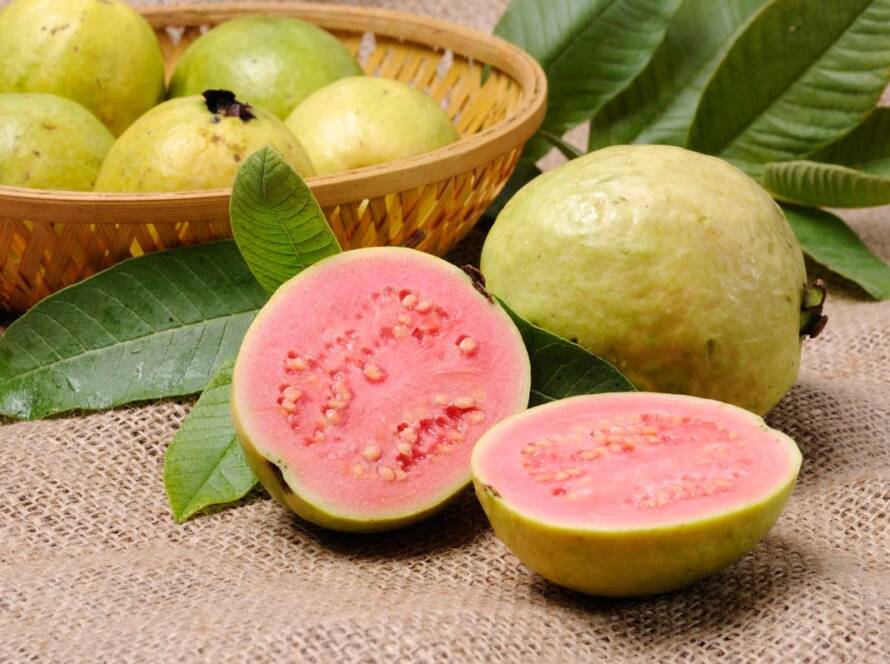The food we eat affects our physical as well as mental well-being. Making smart food choices is important for good health and general well-being. Eating a variety of foods, that are as close as possible to the way, nature made them, can make a huge difference to the way you think, look, and feel. You can boost your energy, lift your mood, have good skin & hair, improve your immunity and reduce the risk of diseases, by eating the right type of food in appropriate quantities.
Without variety in the diet, it is still possible to get the calories you need or their surplus. Even then, you may not be able to meet your body requirements. Thus, careful food selection is important, so that while enjoying a variety of foods, you are able to maintain a healthy body weight meeting all the physiological needs of the body.
Sample Menu Plan – 1600 Kcal
| Early Morning | Luke warm water (with lemon/ methidana/ coriander/ ajwain/ cinnamon) / Green tea (as per health condition and taste preference) +
8-10 almonds / 2 walnuts + 1 tsp seed (sunflower/pumpkin/ flax seeds/ chia seeds) |
| Breakfast | 2 Roti (stuffed with vegetable) / 2 vegetable Idli/ 2 medium vegetable Uthappam /2 small Dosa (sauteed vegetable as stuffing) / 1 big katori Veg Poha/ Veg Dalia/ Veg Upma/ Veg Quinoa / 2 Toasts with 1 tsp butter (multigrain/ whole wheat bread) / 1 veg sandwich with pudina chutney / 2.5 Tbsp oats /bran flakes.
Any of these can be taken with below mentioned options: Skim milk – 250 ml/ Curd – 1 katori / Lassi – 1 glass. (Non -vegetarians can take 1 boiled egg) |
| Mid-morning | Chaat (puffed rice/ wheatflakes/ puffed bajra /boiled tender corn + Sprouts + Vegetables) + 1 fruit |
| Lunch | Salad (cucumber, carrot, radish, tomato, lettuce, beetroot, broccoli, capsicum in any combination) +
2 small chappati (can be stuffed with any vegetable)/ 1 small bowl – whole wheat Pasta / Noodles / brown rice / 2 small Uthapam/ Dosa/ Idli + Dal / sambhar/ chicken / fish preparation – 1 katori (chicken /fish -100 gm) + Veg preparation – 1 katori + Curd / vegetable raita – 1 katori (made from skimmed milk) |
| Evening Tea
|
Tea -1 cup + Roasted chana / makhana – 1 small katori + 1 tsp seeds Or
Fruit smoothie – 250 ml / 1 bowl stewed fruit with custard / Fruit yogurt + 1 tsp seeds |
| Dinner | Clear Soup (Pumpkin, tomatoes, capsicum, mushroom, mixed vegetable or broccoli) +
2 small chappati / 1 small bowl whole wheat pasta / noodle/ brown rice + Dal preparation – 1 katori + Veg preparation – 1 katori Paneer – 60 gm / curd – 1 katori (made from skimmed milk) |
Sugar consumption – 2 tsp / day
Visible Oil consumption / day – 20 gm (4 tsp) as follows:
| Type of oil | Quantity |
| Butter/ ghee/ coconut/palm oil | 1 tsp |
| Mustard oil /canola / soyabean | 2 tsp |
| Groundnut /sesame / rice bran/ / olive /corn/sunflower/ safflower | 1 tsp |
| Total | 4 tsp |
Since food preparation varies in different homes, for convenience of everyone, the following guide has been given:
| Type of food | Quantity / day |
| Cereals (raw) | 100 gm |
| Pulses (raw) | 60-90 gm |
| Milk & its Products (skimmed) | 1000 -1300 ml |
| Fruits | 200 – 300 gm |
| Vegetables (raw) | 600 – 700 gm |
| Egg + fish / chicken | 1 + 100 gm |
| Nuts | 8 gm |
| Seeds | 6.5 gm |
| Sugar | 10 gm |
| Oil | 20 gm |
Food Selection Guide
- Choose whole cereals like whole wheat flour, whole wheat bread, whole wheat pasta, brown rice, quinoa, buckwheat, millet, amaranth as they contain more fibre, vitamins and minerals than refined cereals such as maida, rice, white bread. Many of the important nutrients occur in the outer layer of the grain which are lost during processing of cereals.
- Opt for colorful, fresh, wide variety of locally available and seasonal vegetables. Choose a rainbow of colors, especially dark green (e.g., broccoli, spinach, fenugreek, mustard, lettuce) and orange (e.g., carrots, sweet potatoes, pumpkin). Vegetables like bathua, lettuce, mustard leaves, spinach, bottle gourd, cucumber, parwal, radish, ridge gourd and tinda are very low in calories and may be used as desired.
- Choose locally available, seasonal, whole fresh fruits rather than fruit juices, since they contain the most fiber.
- Opt for skim milk and its products instead of full cream milk to reduce the saturated fat and cholesterol content. Higher intake of saturated fats raises LDL (“bad”) cholesterol in blood, increasing heart disease risk.
- Opt for skinless, white meat poultry, well-trimmed meat and fatty fish. Limit consumption of red meat & organ meat and avoid processed meat.
- Limit the consumption of foods high in added sugar, which include sweetened cereals, highly processed snack foods such as cookies and cakes, dairy desserts, and many items marketed as low-fat. Read the ingredient listto see if the food you are eating has added sugar. Some key words to look for: brown sugar, corn sweetener, corn syrup, dextrose, fructose, and high-fructose corn syrup.
Ideally, a balanced meal can be achieved at every mealtime. Balance and variety can also be achieved in combination (meals and snacks combined) and over time (different meals in the course of the day or week). For example, a food or nutrient that may be lacking or in excess in one meal can be made up for or balanced in the next meal or snack. Eating more food (calories) than we need one day, or less than we need, can be balanced by how much or how little we eat the following day.
The choices you make about food each day, along with physical activity, affect your health and how you feel today, tomorrow, and in the future. Eating a variety of healthy foods from all food groups every day providing sufficient vitamins, minerals, and anti-oxidants is the way to good health.



